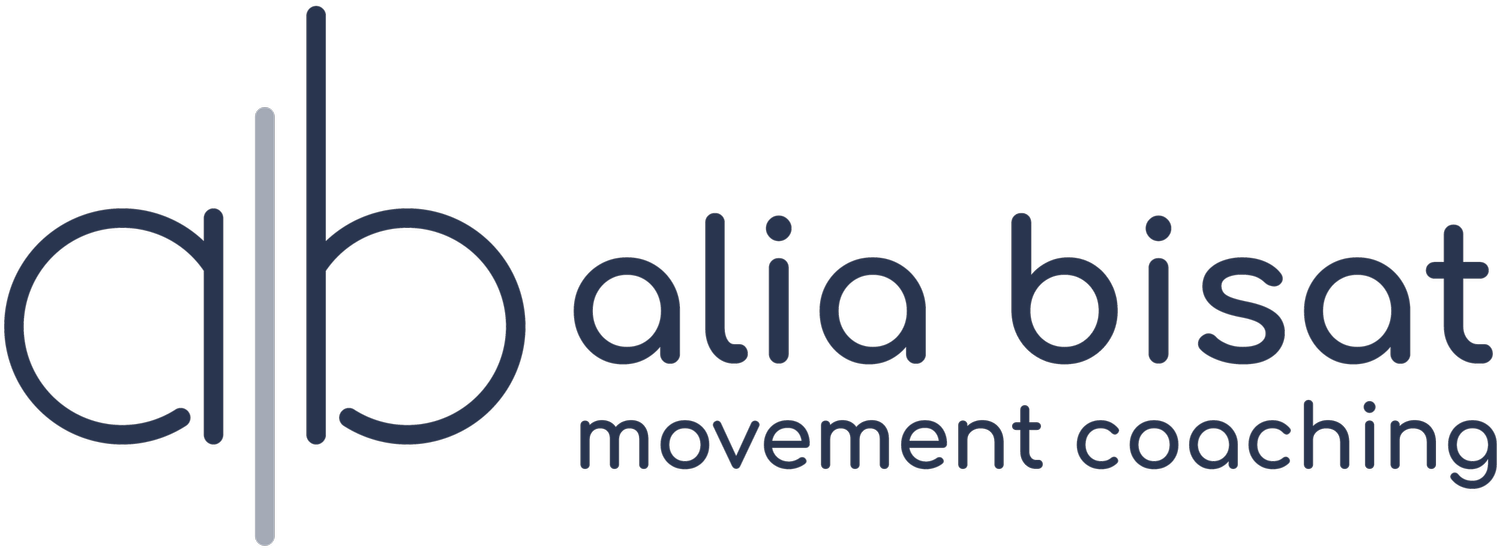Thoughts on Atomic Habits, Part III: Awareness
In hindsight, it would have made sense to write this post first, since you can’t be consistent with a new habit (Part I) or change your environment to create new relationships with it (Part II) if you aren’t aware of what it is you’re already doing.
James Clear quotes Carl Jung, “Until you make your unconscious conscious, it will direct your life and you will call it fate.” Are we walking through life blindly, allowing ourselves to be tugged along? What is it that we’re doing, why are we doing it, and should we change it? I’m not speaking metaphysically. I’m talking about daily choices of action. Whether actions of social conformity that we don’t realize we’re taking or grabbing a pint of ice cream every time we sit on the couch to watch TV, awareness of these habits is the prerequisite for changing them. As soon as we become aware, we have the significant power of choice to change.
Clear writes that 40%-50% of our daily actions are habits. Maybe read that again. That’s HALF of our wakeful day! He goes on to say that in reality, the habitual actions we make are gateways for following actions, so it’s possible that we’re in the passenger seat for an even larger percentage of our day. For example, if you habitually check your phone for email and you’re still on your phone scrolling 20 minutes later, the initial habit paved the way for the subsequent habit that usually follows directly behind it. To notice one habit is to notice the following chain of actions that are associatively paired with the first one.
Dr. Andrew Huberman, a neuroscientist out of Standford I mentioned in Part I, defines mindfulness as the deliberate choosing of what we want to pay attention to. He goes on to say that our internal dialogue, thoughts, feelings, all have value, but not all their value is equal. Their value depends on the value we give each of them, and the value we give them is directly linked to our noticing them. All of this can be applied to our physical body and the actions we take with it.
My first influential teacher yoga and anatomy teacher, Leslie Kaminoff, would repeatedly prompt us, “Try this, then try that. What do you notice?” In other words, what are you paying attention to and what happens when you change it? He also successfully convinced us that changing our physical habits can have astounding effects on our experiences of pain and sensation. And when you become aware of something, you can’t reverse the noticing. If you’re a normal person, you likely put on your coat the same way every time with a certain arm first. Did you realize that? Try it the other way and you immediately become incapacitated and humbled. (Try brushing your teeth with the other hand and watch the drool spill onto your shirt.) If you don’t have shoulder pain, putting on a coat the opposite way may seem inconsequential. But the beauty of opening our eyes to these things is the act of noticing becomes a habit in and of itself, and eventually, you will run up against something useful. This happens to me all the time. I went out for a run the other day, and after several miles, I experienced the beginning of a familiar hip nag in my right hip. I decided to notice my footstrike and felt that I wasn’t connecting my inner foot to the ground well. Who knows why, if it had happened with fatigue, if I always run that way, or if it had to do with running outside or being lost in thought. (The why can be reserved for your own introspection when you’re in the mood, and I recommend it more often than not!) I changed my instep with a tweak so small no one would ever be able to notice (except Jenn Pilotti 😆) and the sensation in my hip changed. I won’t bore you with what else I noticed in my arms the moment I changed my feet that fascinated me for another two minutes. The point is, I chose to pay attention and therefore I had the power to make a shift that changed my experience.
Becoming aware of things like this, aside from piquing your curiosity and making daily life a whole lot more interesting, is empowering. I’d like to support the idea that awareness and its positive consequences can be an additional option* to doctors and pills and physios for dealing with pain*. You have options now just because you’ve chosen to pay attention. When you experience pain, can you notice your movement habits in relation to the painful area and try changing them? Can you then notice the differences? Can you feel empowered by the fact that all of a sudden, you now have more choices to experience things differently?
*I’m not suggesting a substitute for.
*I’m NOT talking about acute injury or debilitating pain. I’m referring to the daily aches and nags that are a normal part of daily living.
keep moving.
xoxo
